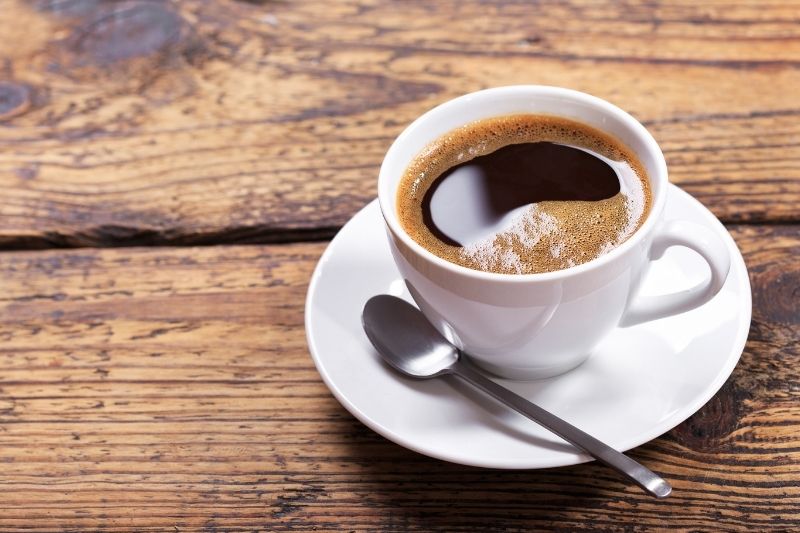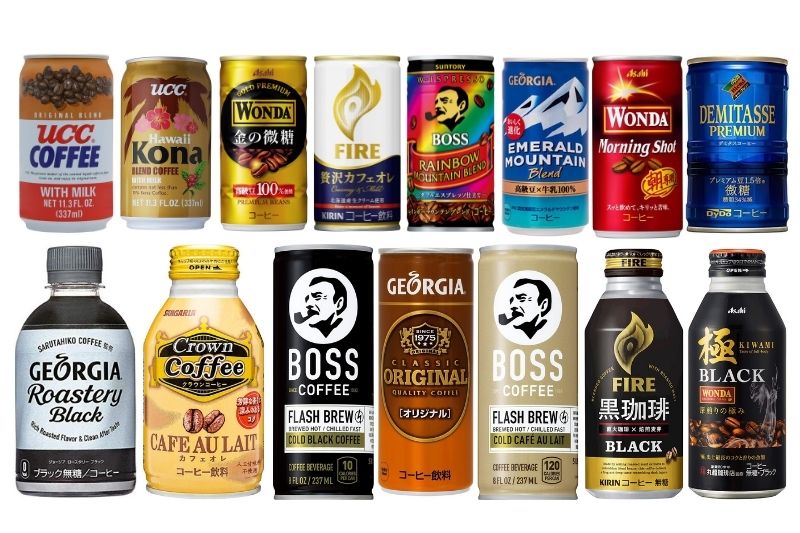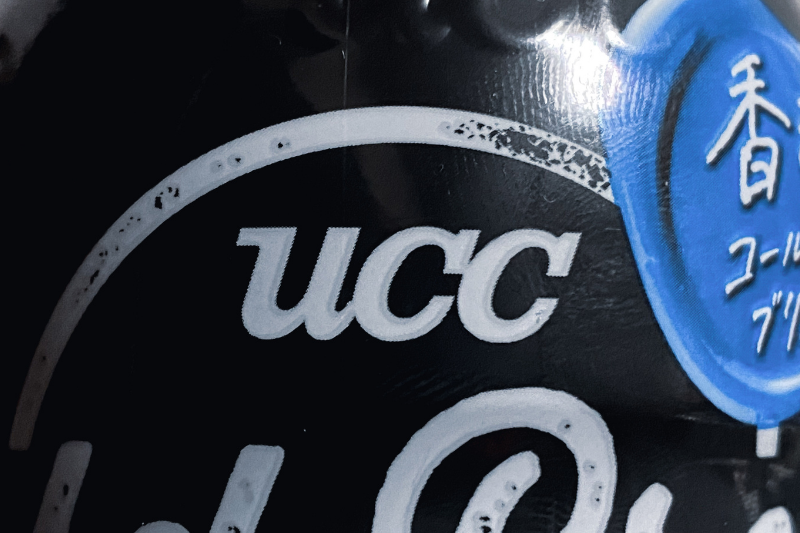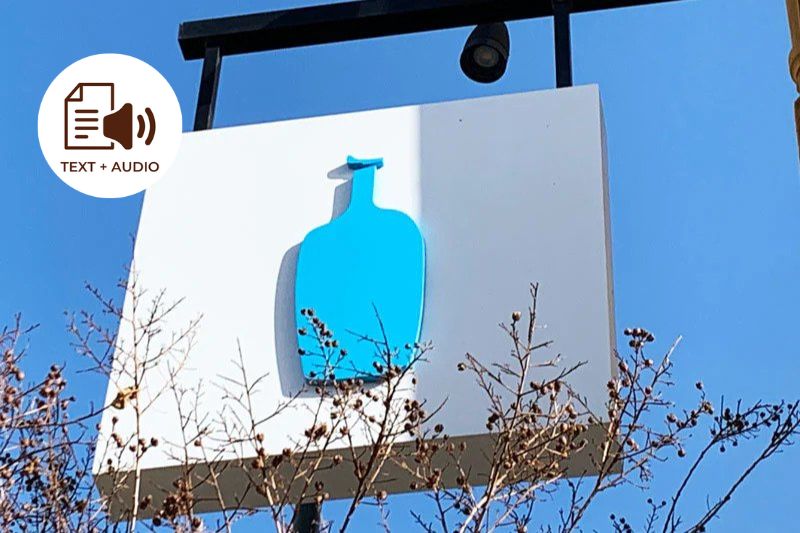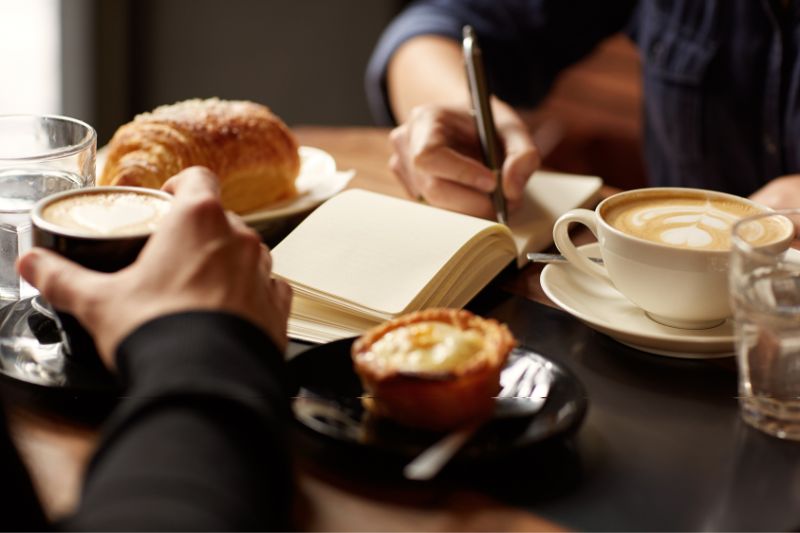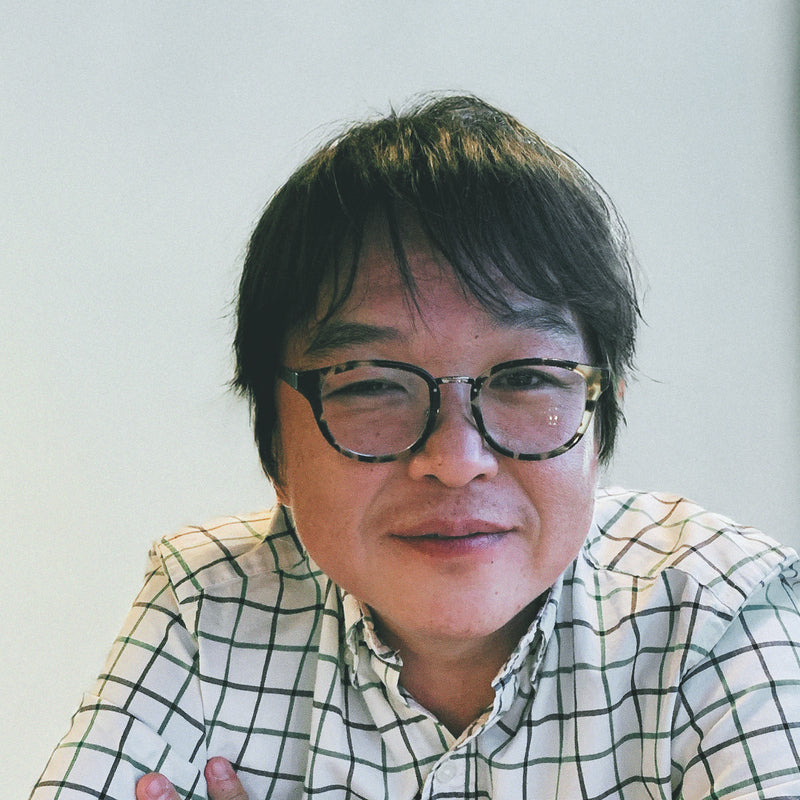When you talk about coffee from Japan, you can't help but mention Key Coffee. It has been around since 1920 and is regarded as one of the country's oldest and most trusted coffee brands.
Boasting a timeless appeal, Key Coffee was already a respected global name even before the enthusiasm for Japanese coffee was sparked by the onset of "third wave" coffee culture. This pertains to the coffee businesses that opened in this millennium, inspiring the conviction that coffee is artisanal and that connoisseurship enhances the sensory experience it offers.

Long before the third wave trend, Key Coffee was already known for its passion for producing the best tasting coffee by ensuring the highest quality at every step of its production process. It maintains its leading spot in the coffee market by marrying its decades-long expertise with the latest and best Japanese coffee technology.
Read on to get better acquainted with Key Coffee.
Key Coffee's Story
In its century of existence, Key Coffee boasts a history of steady progress and legacy establishment. Like many international success stories, its beginnings were humble. It all started in August of 1920 with founder Bunji Shibata putting up Kimura Shoten, a grocery that doubled as a coffee roasting and processing shop in Yokohama. A year later, he began manufacturing and selling his first hit product, which he referred to as "coffee syrup." Due to its excellent quality, this creation was soon manufactured full-scale and became even more of a bestseller. From that point onward, Shibata went on to produce canned coffee, tea, and cocoa, and soft drinks as well.
In 1928, the company name became "Kimura Coffee Store," and the "Key" brand was adopted. Around this time, the business began exploring the idea of coffee cultivation in Taiwan as well as expanding its offices and factories locally and internationally. It also took on the logo of a key and the use of alphabetic letters.
It soon gained a presence not only in Japan but also in Taiwan, China, and Korea. Then, in 1936, Shibata went to New York to have the quality of his Taiwan plantation-produced coffee assessed by renowned coffee appraiser W.H. Bennett. This led to the company starting the import of Taiwan-harvested coffee a year later.
Business expansion on an international level continued until Kimura suffered some setbacks during the war. Nonetheless, the company soon rallied from these challenges and, in 1946, chose to move the head office to Tokyo from Yokohama. By 1952, the Kimura Coffee Store was incorporated and soon started importing Kilimanjaro coffee from Tanzania and Blue Mountain coffee from Jamaica.
In the following couple of decades, the Key brand further established itself as a household name with the release of such products as Key Instant Coffee; Key Modern Pack with not only coffee in vacuum packs, but tea and cocoa as well; as well as the Key Rainbow Series with its special blend, mocha blend, and Blue Mountain blend. The company's success led to Shibata receiving a medal for being a representative of the first coffee industry. It was also in the '70s when he first looked into Toraja, Indonesia for business investment. This later led to the release of Toarco Toraja, which remains to be one of Key's specialty products.

Kimura continued introducing new coffee offerings and other Key brand food items such as margarine, sugar, creamer, juice as well as canned food products like meat sauce and curry. In the last score of the 20th century, Key remained prolific in creating and introducing to the public exciting coffee innovations. These include cassette coffee, cartridge coffee, spray dry instant coffee, drip bag coffee, iced coffee in pet bottles, drip-on coffee, and cold brew coffee. It was also during this time when the company name was changed to Key Coffee, Inc.
In the last 20 years, Key Coffee has only become even more prominent, further entrenching itself in a leading position among the world's best coffee brands and fortifying its reputation for innovation and quality. Case in point, it acquired ISO 14001 certification for an effective environmental management system, Japanese Agricultural Standard certification for organic produce and processed products, and FSSC 22000 for food safety system. It forged partnerships with other global brands and made several other companies its subsidiaries. It opened multiple Key's Cafés not only in Japan but abroad as well.
Besides achieving all these impressive feats, Key Coffee also continued to introduce innovative products and systems, coffee-oriented and otherwise. Its slogan is "Coffee Named Passion," and you can't help but be convinced of this after learning its story.
Key Coffee's Range of Products
From what you've probably gleaned from its history, Key Coffee boasts a pretty diverse lineup of products. As expected, its primary offering is coffee. To give you an overview of what products are available from the company right now, here they are sorted into the following categories:
Professional Use Product Series
Key Coffee also provides products geared toward restaurant or coffee shop use. Besides coffee, the company also offers various top-quality cooking ingredients. These are the products listed under this category:
Back in the 18th century, European royalty favored an extraordinary kind of coffee that was imported from the Indonesian island of Sulawesi. Dubbed "The Masterpiece of Celebes," it could not be harvested anywhere else. Unfortunately, the war caused this coffee to disappear from the market for a long time. But, thanks to Key Coffee, the abandoned plantations were once again accessed, and this legendary coffee was made available to the public once more.
-
Single Origin/Blend
Key Coffee imports the best coffee offerings from all over the world. Kilimanjaro, Blue Mountain, Colombian, Brazilian, etc. With its vast range of coffee choices, Key Coffee can surely meet the coffee needs and demands of any coffee shop or restaurant.
Non-Coffee Products
- The Estate
Key Coffee is also known for its tea products. The Estate uses uncut tea leaves abundantly to ensure the enjoyment of tea's natural flavor and aroma. There is quite a range of tea offerings from the company, some of them being premium Darjeeling, Earl Gray, and jasmine.
- Sucreange Series
This is a selection of desserts recommended for pairing with Key Coffee.
- Prosine Series
This covers a wide variety of palatable products that culinary professionals use for their menus.
- Gransapore Series
This is a broad range of 100 percent semolina durum pasta, from which chefs all over can choose.
Home Brewed Product Series
Key Coffee, of course, targets the individual consumer as well. There are coffee enthusiasts all over the planet, and many of them like to enjoy their cup of joe in the comfort of their own homes. This is the range of coffee options and accompanying accessories that Key Coffee makes available for home brewing. Let's divide them into the following subcategories.
- Fresh Roasted Beans
Key Coffee offers different blends of whole bean coffee that allow its customers to explore their coffee personality while assuring them of quality no matter their choice.
This is a popular option for coffee lovers on the go, who want to ensure they still get an excellent cup despite the quick preparation. Key Coffee doesn't sell your run-off-the-mill instant variety. Instead, it uses well-ground, carefully-brewed 100 percent arabica beans that are freeze-dried to maintain not only their taste but their freshness as well. You don't need special tools to prepare instant Key Coffee of course. Still, the company does sell attractive cups, mugs, saucers, and other coffee-oriented paraphernalia to help enhance your coffee drinking experience at home.
This is a clever innovation that lets you savor freshly brewed coffee by simply setting the filter pack on your cup and pouring hot water over it. So many Key Coffee drinkers prefer this option for the following reasons:
- You get triple aroma goodness, which means the coffee smell you love hits them at three different stages: when you first open the bag, when you pour hot water onto the coffee, and when you bring the cup to the mouth for a sip.
- You get convenience in its setup and disposal. The pack's indentations fit on the brim of any cup, no matter its size (within reason). Meanwhile, its tabs make removal and disposal quick, tidy, and easy.
- The filter allows a slow drip that extracts a more refined flavor from the coffee.
- Key Coffee Drip-on guarantees that only the finest beans are selected for inclusion in the pack.
Brewing Directions for a Perfect Cup of Drip-on Key Coffee
- Take one bag from the pack.
- Pinch the top of the coffee bag and slowly open it, following the direction of the arrows.
- Fold the ends of the brown areas to make the bag look like a paper boat.
- Place the bag on a cup, hooking the indentations of the bag on the rim of the cup.
- Pour hot water onto the coffee just until it's soaked. Allow the water to drain, and then repeat two or three more times, using about 140ml of water.
- Remove the drip-on bag from the cup and enjoy your coffee.
Please see here for the Drip-On offering of our Sumiyaki coffee here.
Accessories
What if you have a regular jar or pack of coffee instead of a drip-on? The recommended accessories to be used together for a pour-over set up at home are the Key Crystal Dripper and Key Coffee Server. The conical dripper and the server both have a durable, heat-retaining body that helps keep the temperature constant throughout the process. It also controls the flow and timing of the water, simulating a professional preparation. Here's how to use these products at home.
- Place a filter in the dripper, and then wet it by pouring water on it.
- Scoop the right amount of coffee into the filter and gently shake to tamp the coffee down.
- In a circular motion, slowly pour hot water onto the coffee until it's all soaked.
- Allow the liquid to go down some before doing the last step over.
- Repeat until the water is all poured, then wait for the dripping to finish.
- Remove the dripper from the top of the server and start pouring cups.
You can get this filter here.
Final Thoughts
Key Coffee's passion for excellence is evident in every aspect of the business, from its processes to its products, especially it's main offering, coffee.
If you enjoy great quality coffee, you would likely find it a delight to explore the wide variety of coffee options Key Coffee has. And, for an optimal experience, it would make a lot of sense to invest in the dripper and server.
• Disclosure: I only recommend products I would use myself, and all opinions expressed here are my
own. This post may contain affiliate links that I may earn a small commission at no additional cost to you.
The commission also supports us in producing better content when you buy through our site links.
Thanks for your support.
- Kei and Team at Japanese Coffee Co.
Get Free Bonus Books

Sign up for free to the Coffee Club to get advice and exclusive articles about how to choose Japanese Coffee, and tips, tricks, and recipes for enjoying Japanese coffee.
About the author
Kei Nishida
Author, CEO Dream of Japan
Certification: PMP, BS in Computer Science
Education: Western Washington University
Kei Nishida is a passionate Japanese tea and coffee connoisseur, writer, and the founder and CEO of Japanese Coffee Co. and Japanese Green Tea Co., both part of Dream of Japan.
His journey began with a mission to introduce the world to the unparalleled quality of Japanese green tea. Through Japanese Green Tea Co., he established the only company that sources premium tea grown in nutrient-rich sugarcane soil—an innovation that led to multiple Global Tea Champion awards.
Building on this success and his passion for Japanese craftsmanship, Kei expanded into the world of coffee, pioneering the launch of Japanese Coffee Co., the first company to bring Sumiyaki charcoal-roasted coffee to a global audience. His dedication to authenticity and quality ensures that this traditional Japanese roasting method, once a well-kept secret, is now enjoyed worldwide.
Beyond tea and coffee, Kei has also introduced Japan’s legendary craftsmanship to the world through Japanese Knife Co., making handmade katana-style knives—crafted by a renowned katana maker—available outside Japan for the first time.
Kei’s journey continues as he seeks out and shares the hidden treasures of Japan, one cup and one blade at a time.
Learn more about Kei





